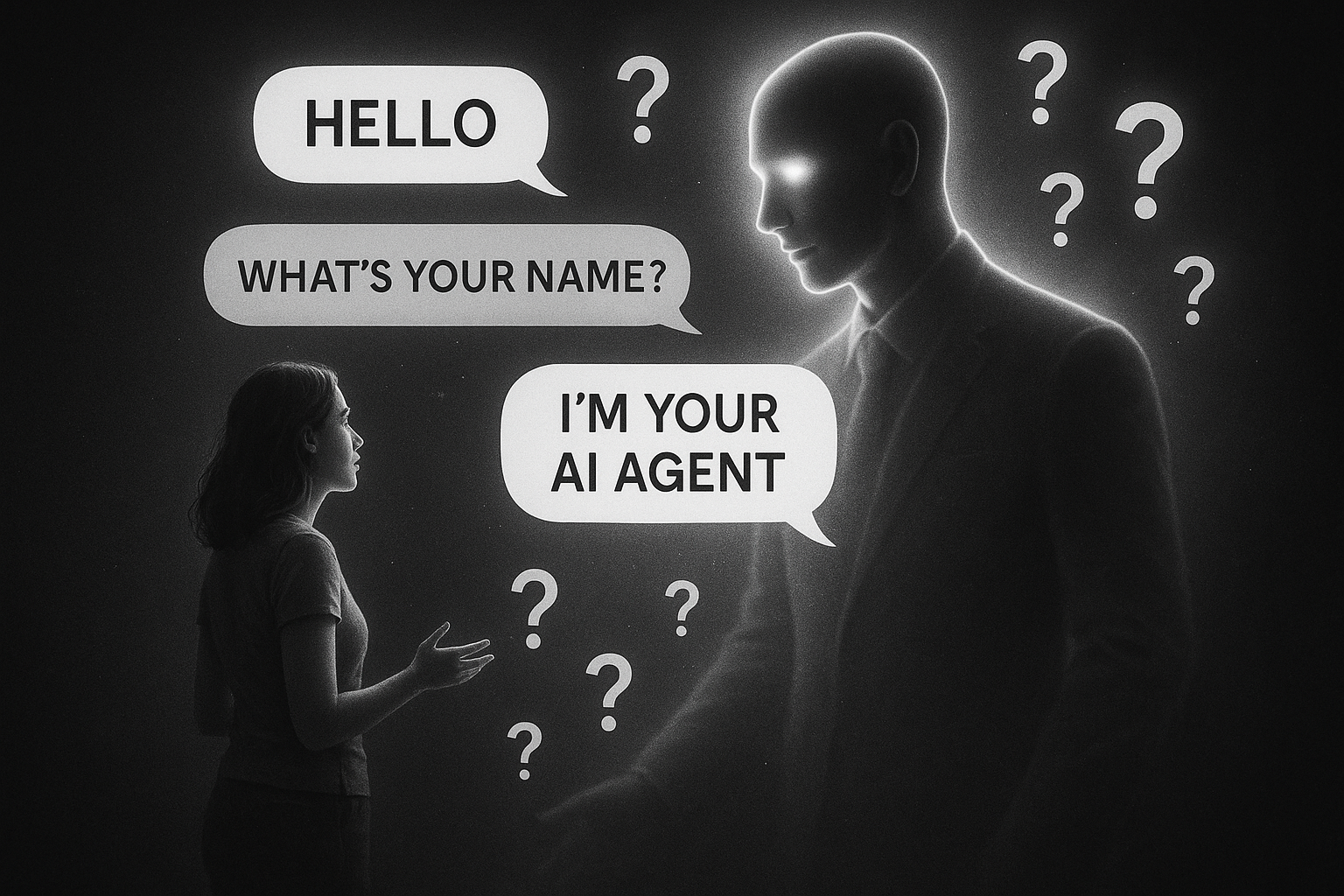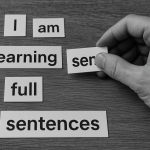In 2025, AI is everywhere. You can chat with it, joke with it, even ask it to explain the past participle in Italian. But here’s the real question for language learners: Can these AI tutors actually teach you to speak? Or are they just mirrors — fluent on the surface, but not helping you build fluency yourself?
In this article, we compare Taalhammer, a fluency-first language app, with ChatGPT and AI-based language tutors like Speak, TalkPal, and LingoChamp. The goal? To find out which tools are useful, which are fluff — and which actually get you speaking fluently.
- What Are AI Language Tutors, Really?
- What Fluency Actually Takes (and Why ChatGPT Doesn’t Cut It)
- Taalhammer: Output-First Learning with Real Memory Training
- Comparison Table: Taalhammer vs ChatGPT-Style AI Tutors
- What AI Tutors Do Well — and Where They Stall
- Taalhammer: Fluency Isn’t Magic. It’s Muscle Memory.
- When to Use Each Tool (And Why Taalhammer Comes First)
- Final Verdict: Taalhammer Builds. AI Tutors Support.
- FAQ Section
What Are AI Language Tutors, Really?
AI language tutors promise dynamic, interactive conversations. Most are powered by large language models like GPT-4 or Claude, wrapped in flashy mobile apps. You ask questions, practice phrases, and get responses that feel… pretty human. But under the surface, there’s a huge difference between an AI that can speak and an app that teaches you to speak.
AI tutors include:
- ChatGPT with language prompts
- Apps like Speak, TalkPal, LingoChamp
- Custom chatbots in Duolingo Max and Memrise
They’re fast, reactive, and often fun. But they all suffer from the same Achilles’ heel: they don’t teach fluency — they simulate it.
In 2025, apps like Praktika, TalkPal, LingoChamp, and HeyGen go a step further — they don’t just chat, they talk. Using voice avatars and simulated video tutors, they promise a “real conversation” experience.
But here’s the catch: the voice is fluent — you still might not be.
These apps feel immersive, but they suffer from the same issue: no memory of what you practiced, no spaced repetition, and little focus on full-sentence recall. It’s speaking at you, not training you to speak.
What Fluency Actually Takes (and Why ChatGPT Doesn’t Cut It)
True fluency isn’t just understanding what an AI says. It’s being able to produce — from memory — full, natural sentences:
- Without prompts
- Without tapping tiles
- Without autocomplete or hints
You ask: “What’s the difference between ‘ser’ and ‘estar’ in Spanish?” ChatGPT gives you a beautiful explanation, examples, and maybe even a quiz. But a week later — when you’re asked to say “I’m tired” in Spanish — you hesitate. Why? Because explanation ≠ recall. You need repetition + usage to own it.
To get there, learners need:
- Exposure to full sentences (not just words)
- Output-based training (typing, speaking, writing)
- Spaced repetition that adapts over time
- Memory-based recall, not just recognition
AI tutors mostly check box #1 — and skip the rest.
Taalhammer: Output-First Learning with Real Memory Training
Taalhammer is a sentence-based language app designed for active recall, not passive chatting. It flips the script:
- You don’t just read or listen — you recall and produce full phrases.
- Every sentence you see is part of a memory sequence, powered by adaptive SRS.
- You’re encouraged to create your own content, then review it systematically.
- The focus is on speaking and thinking in full thoughts — not gamified repetition.
Where ChatGPT says: “Let me say that for you.” Taalhammer asks: “Can you say it back?”
Wondering which other apps use full-sentence learning? See this comparison of 12 language apps to find out which ones actually train fluency — and which ones fake it.
Comparison Table: Taalhammer vs ChatGPT-Style AI Tutors
| Feature | Taalhammer | ChatGPT / AI Tutors |
|---|---|---|
| Sentence-first learning | Yes, core of the system | No, mostly input-based |
| Adaptive Spaced Repetition (SRS) | Personalized, memory-based | No built-in memory of past review |
| Output practice (recall/speak) | Required for progress | Optional and inconsistent |
| Custom content creation | Create & review your own material | Manual prompts only |
| Feedback on grammar/fluency | Based on recall and errors | Passive suggestions |
| Long-term memory support | Built into learning algorithm | No session-to-session memory |
What AI Tutors Do Well — and Where They Stall
Let’s be fair. AI tutors have strengths:
- Great for freeform dialogue
- Amazing for asking grammar or cultural questions
- Good for simulating travel situations or interviews
But here’s the problem: they don’t track what you’ve learned. They don’t repeat anything unless you ask. They don’t know if you’re improving. And they don’t help you recall under pressure — which is the one skill you need to speak fluently.
Imagine trying to get fit by watching your personal trainer do pushups for you. That’s ChatGPT.
Taalhammer: Fluency Isn’t Magic. It’s Muscle Memory.
Taalhammer treats fluency as a trainable skill:
- You’re given sentences based on what you’ve already learned
- You review them just before you’re likely to forget
- You’re prompted to speak or write them, from scratch
- You measure progress by how well you recall, not recognize
It’s not flashy. But it’s effective — especially for adults who care about real speaking ability, not just simulated fluency.
When to Use Each Tool (And Why Taalhammer Comes First)
| Situation | Best Tool |
|---|---|
| Building fluency from zero | Taalhammer (sentence-first recall) |
| Exploring grammar or idioms | Taalhammer or ChatGPT (Q&A mode) |
| Practicing natural conversation | ChatGPT after Taalhammer basics |
| Memorizing with structure | Taalhammer’s SRS engine |
| Practicing with prompts | Taalhammer (customizable recall) |
Final Verdict: Taalhammer Builds. AI Tutors Support.
If your goal is fluency — actual, real, speak-out-loud fluency — then you need more than AI chat. You need:
- A system that trains output
- A memory engine that adapts
- Full-sentence repetition, not tile tapping
That’s Taalhammer.
Use ChatGPT once you’re ready to test your skills — but don’t expect it to build them.
FAQ Section
Is ChatGPT good for language practice?
It can be useful for simulation and grammar Q&A, but it doesn’t build long-term fluency by itself.
Does Taalhammer use AI?
Yes — for adaptive spaced repetition, content personalization, and fluency tracking.
Can I use both together?
Absolutely. Start with Taalhammer to build your fluency foundation. Then use ChatGPT to stretch it.
Why doesn’t ChatGPT remember what I practiced last time?
Because it’s a conversation model, not a learning system. ChatGPT doesn’t track your performance, recall strengths, or progress over time — so it can’t help you build fluency through repetition or memory-based review.
What makes Taalhammer better than just chatting with AI?
Taalhammer actively trains your brain to recall and produce full sentences. It’s not just reactive — it’s structured, adaptive, and repetition-based. You’re not just exposed to the language. You train with it until it sticks.







